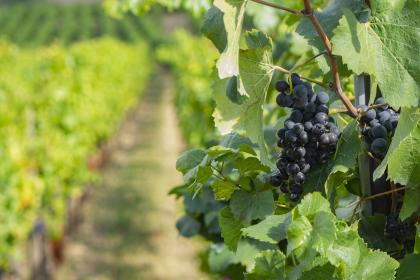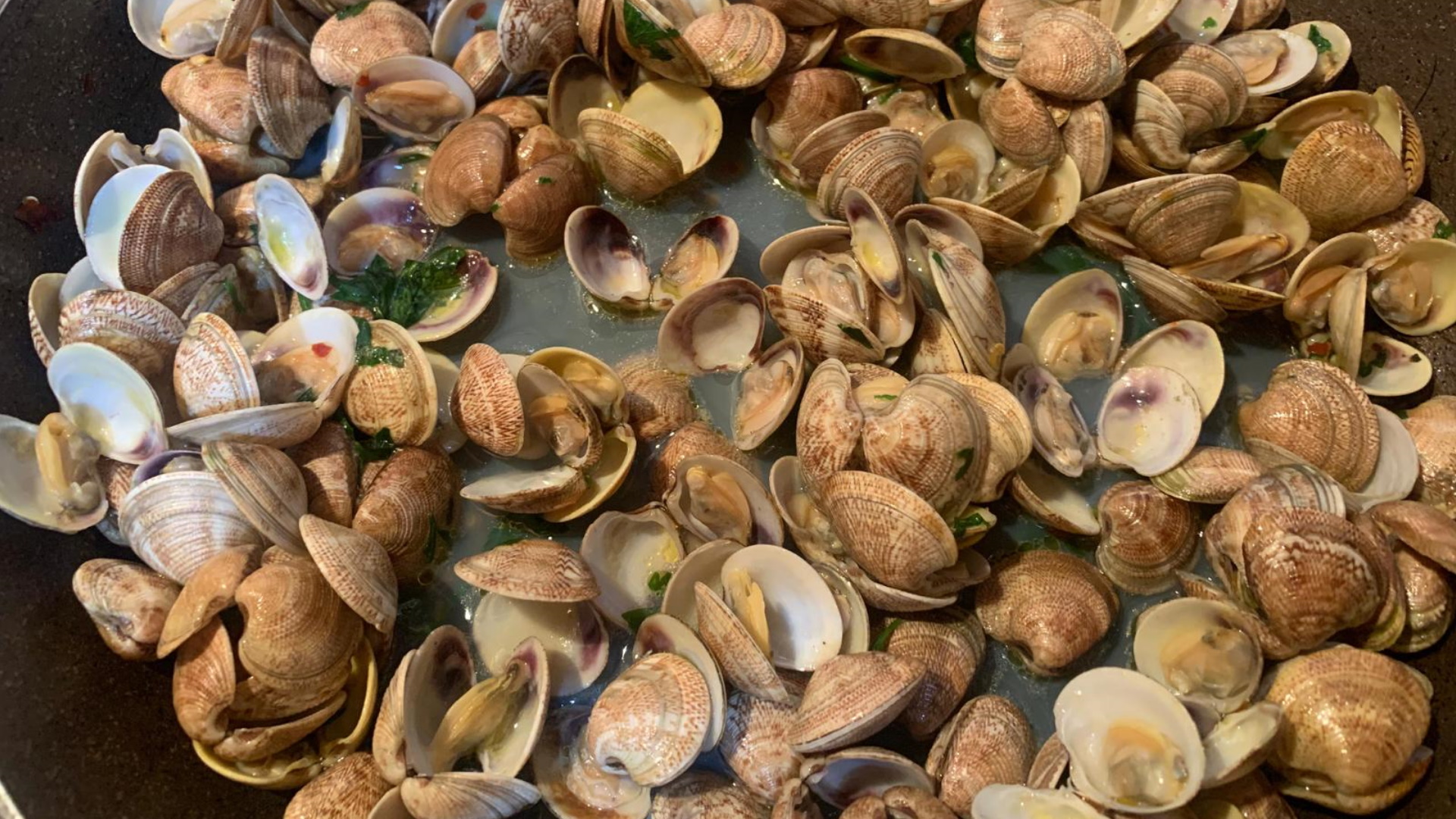
Since the times of Imperial Rome, when the Roman Empire extended from the Atlantic Ocean to the Caspian Sea, tasty preparations and condiments were dedicated to fish species and their processing.
The first written testimonies date back to the first century. De Re Coquinaria, a famous work by Marcus Gavius Apicius, gastronome, cook, and Roman writer, collects a series of recipes devoted to coeval cuisine and sauces for boiled, fried, and roasted fish dishes, in particular in Chapter IX, Thalassa (The sea) and Chapter X, Halieus (The fisherman).
Over the centuries, the fish flowed copiously on the sales counters of the old City in such quantity and assortment to leave amazed travelers of every era.
In the late ancient and medieval ages, the centre of gravity of this extraordinary world were the Corinthian columns and the surrounding structures of the Portico of Octavia, in the heart of the Jewish quarter of Rome, whose spaces were used for the sale of fish. The area, known as Forum piscium or Pescheria Vecchia (old fish market), was active until the end of the 19th century.
Today, of the lively activity of the old market, only the stone to the right of the great arch of the Portico remains. All you have to do is admire one of the beautiful watercolors by Ettore Roesler Franz to immerse yourself in those intense scenes of folk life immortalized by the artist.
The prime importance of fish in the diet of the Romans reflects in the number of folk recipes for the various culinary fish species adopted to this day, among which are those dedicated to two bivalve molluscs, the Cannolicchi, the Jackknife-clams (Ensis minor) and the Lupini, the Lupins (Venus gallina). The first has a sweet and savory taste, and the second is delicate and marine.
Together with the Tellinas (Donax trunculus), they represent the typical seafood of the Roman Littoral that arrives on the banks of the fish shops of the Capital directly from the ports of Anzio and Fiumicino. Both are cooked in a simple way to enhance their delicate organoleptic qualities and preserve the characteristic taste.
You can easily find Cannolicchi and Lupini in our fish shops, but you shold know some technical indications for more conscious consumption. Both are grabbed with boats called hydraulic dredges on the seabed, respectively of 2-5 meters for the Cannolicchi and 5-8 meters for the Lupini.
The Cannolicchi, caught all year round, except in April and May when they reproduce, are so sensitive to pollution that they disappeared from our tables for about ten years. They returned only at the beginning of the 2000s. Sweeter and softer meat than those of the Atlantic Ocean, you can recognize them by the smaller size and the light color of the shell.
The Lupini, on the other hand, are the typical Mediterranean clam, not bred and fished all year round on our coast, excluding April and September. They have an oval shape and are smaller than the clam.
Here is a traditional but easy recipe you can cook with shellfish to enhance their delicate flavors.
Ingredients (doses for four people):
- 1 kg Lupini or Cannolicchi
- one bunch of parsley
- two garlic cloves
- hot chili pepper
- extra virgin olive oil (as needed)
If you have not bought the shellfish already cleaned, put them for a few hours in the cool to drain the sand in saltwater (1 tablespoon of salt in 1 liter of water).
Fry the garlic, oil, and chili in a frying pan. Once the sauce is ready, add the Lupini or the Cannolicchi, cover with a lid and continue cooking over high heat until all the shellfish open.
Now, place the mollusks in another container, remove those that have not opened, filter the sauce, and add it together with the chopped parsley.
Accompany everything with toasted homemade bread and a good glass of iced white wine.
The sea of Rome
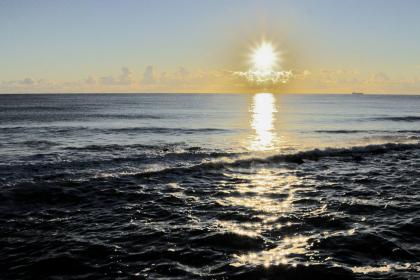
The marine soul of Rome
Spaghetti with tellinas
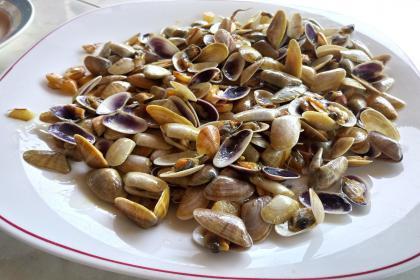
One of the most delicious recipes of traditional Roman cuisine
The Portico of Octavia
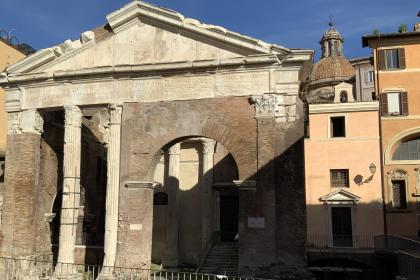
 Condividi
Condividi
Wine drinking culture in Rome
